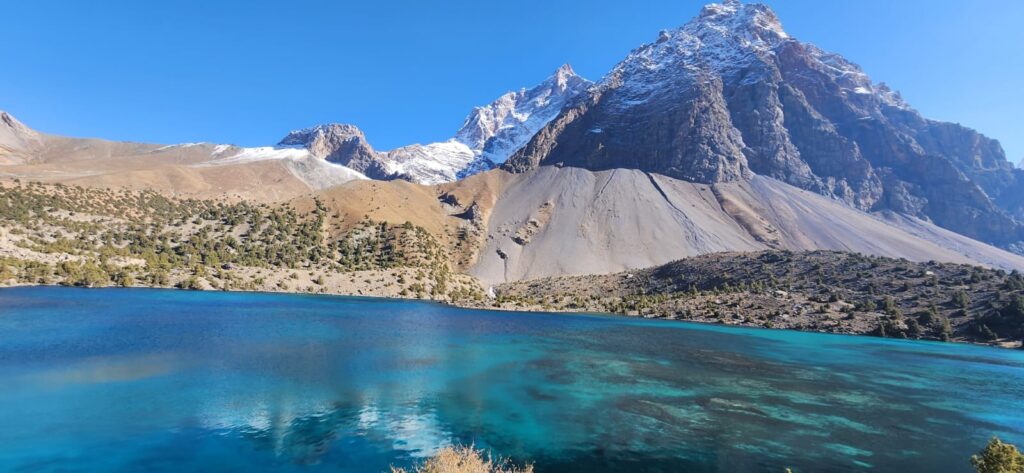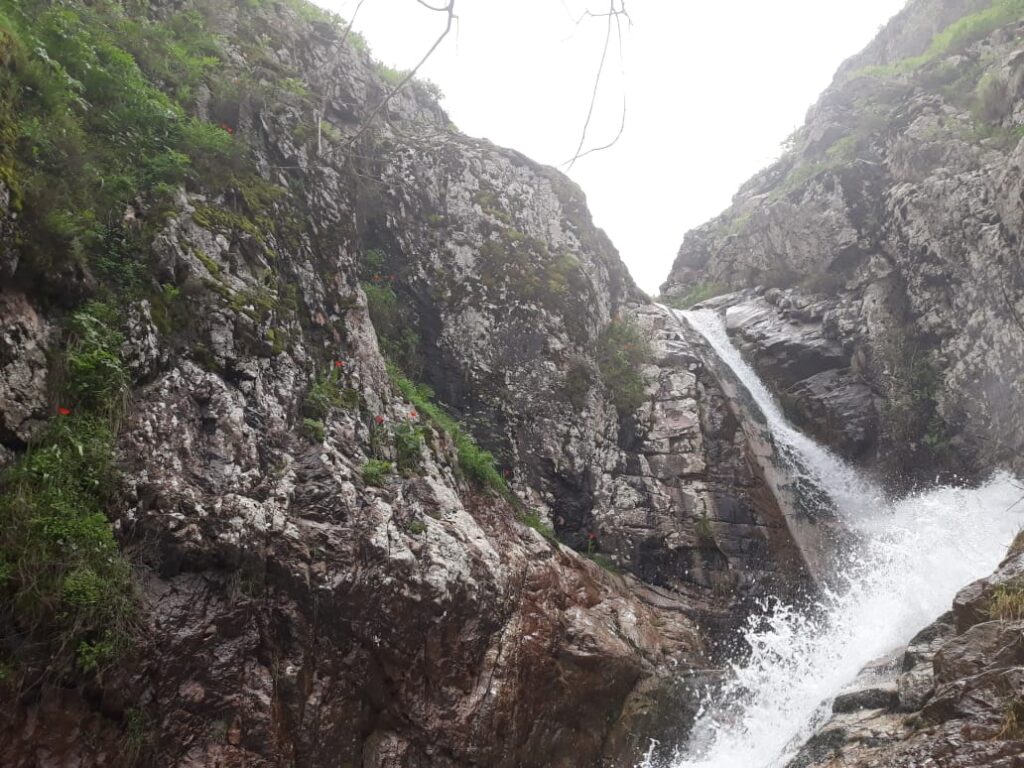In the heat of midday, among the narrow alleys of Dushanbe’s old districts, small gardens push through cracks in pavement and curling edges of walls. Tomato vines climb trellises made from broomsticks. Basil and mint grow in buckets. In tiny patches between apartments, green patches flourish as unexpected reprieves from concrete. These urban gardens are small miracles of nature, spaces of life amid the city’s sprawl.
They are not new they have always existed. After independence, when rural incomes fell sharply, households in the capital turned to these micro-plots to supplement food, provide flavor, and reclaim connection to soil. In recent years, their presence has grown visible: terraces, rooftop beds, vertical planters. The municipal government even begins encouraging “green corridors” in some neighborhoods.
Walking through one such garden, a woman tends her peppers under the shade of a walnut sapling. She says quietly, “This is our kitchen. If the market fails, this will save us.” Her words echo across the district, repeated by families who plant what they can: herbs, lettuce, eggplant. The soil is shallow, often brought in by hand. Irrigation comes from buckets or connecting to neighborhood pipes. They feed on what comes.
These gardens are political, too. In a city expanding outward, land is scarce, and every plot is contested. Some gardens occupy sidewalks; others hang over walls. They are tolerated, sometimes taxed, sometimes ignored. Urban planners see them as temporary until construction claims the land. Yet for many residents, they are central to identity: green fingers in a concrete world.
Urban gardens in Dushanbe are small acts of resilience: a tomato plant in a bucket, a row of mint by a stairwell, basil sprouting in a broken pot. They assert life where life is often squeezed. They remind people that food and beauty can return to the city: not as grand plazas or parks, but in modest patches, in hands that plant, water, and wait.
These gardens also influence microclimates. Shade from foliage cools alleys; evapotranspiration from leaves softens midday heat. Birds return to shrubs, bees pollinate, and insects find refuge. In neighborhoods without big parks, these small gardens act as green lungs. Urban heat mapping studies in Central Asia show that even modest greenery can lower surface temperatures by a degree or two.
Some gardens become communal. In the Sino district, an apartment block converts its courtyard into a shared vegetable bed. Neighbors rotate watering duties, share seedlings, and swap produce. They chat about compost, soil mixes, pests. Children help. Such gardens become social nodes, weaving neighborhoods together.
Challenges abound. Soil is often poor; heavy metals from nearby roads accumulate. Water is inconsistent. Pest pressure is high. Yet residents persist, experimenting with raised beds, using containers, layering organic matter. Some try hydroponic setups in balcony boxes. They adapt, innovate, and diversify.
Urban gardens mirror broader tensions in Tajikistan’s cities: growth vs. green, commerce vs. community, infrastructure vs. improvisation. They are small-scale, bottom-up gestures that contest the blankness of asphalt and remind the city of its deeper connections to land.
In evening light, as traffic slows and shadows stretch, wandering through a garden feels like stepping into another world- a world where basil scents the air, small vegetables promise dinner, and earth is close beneath feet. In a city chasing modernization, these gardens anchor people to roots. In that anchoring lies a seed of hope: that the future city might grow not just upward, but outward in green.
References
- Center for Earth, Energy, and Democracy. (2019). Urban Gardens & Food Security in Central Asia. Washington, DC: CEED.
- UNDP Tajikistan. (2017). Urban Resilience Project: Household Gardens in Dushanbe. Dushanbe: UNDP.
- MapAction. (2018). Greening Cities: Climate Adaptation Case Studies in Central Asia. Bishkek: MapAction.








